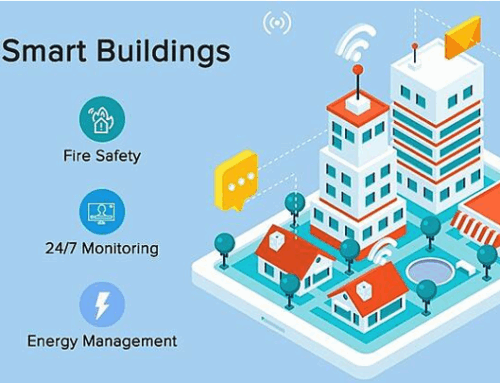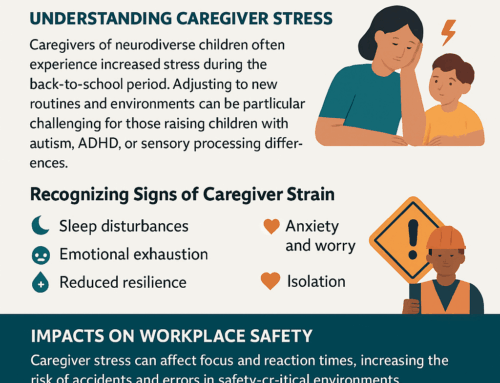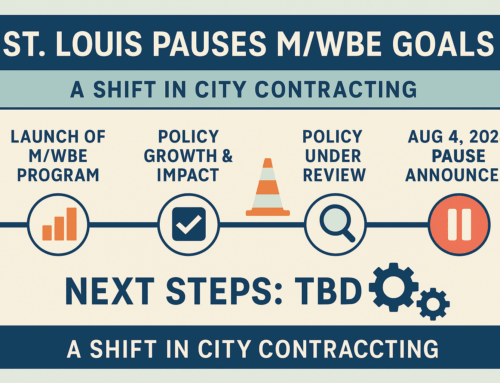By Chuck Twillman
Measuring What Matters
In a recent leadership meeting, our company president introduced Quint Studer’s Nine Principles for Organizational Excellence, prompting leaders to reflect on their real-world applications. This inspired a blog series exploring how each principle shapes our safety culture on construction sites. Building on our previous discussion of Commit to Excellence, we now turn to Principle 2: Measure the Important Things.
Why Measuring the Right Safety Metrics Matters
Every number on a safety report represents a person — someone’s coworker, friend, or family member. That’s why “measuring the important things” isn’t about compliance; it’s about care. In construction, what we choose to measure reveals what we truly value.
Most construction leaders can cite their project’s recordable injury rate—but ask how many near misses were reported last month, or how often crews used stop-work authority, and the answers are often unclear. That gap matters because lagging indicators like injury rates and OSHA citations only tell us what went wrong after the fact. They’re valuable for hindsight, but too late to prevent harm.
Judging safety solely by outcomes creates blind spots. A project may appear “safe” simply because nothing went wrong — yet risks may have gone unreported or unmanaged. True safety performance is reflected not in results, but in the daily behaviors and decisions that prevent incidents before they occur.
For construction leaders, that means measuring the things that influence outcomes:
- Quality and frequency of safety observations
- Timely correction of hazards
- Empowerment to stop work
- Engagement in pre-job planning and toolbox talks
These are the daily disciplines that create safer jobsites long before any injury rate reflect improvement.
What Research Says
Safety research reinforces the same truth: lagging indicators alone cannot predict or prevent incidents. Leading indicators — those that capture proactive behaviors and system engagement — provide the earliest signals of risk.
Bhagwat, Delhi, and Nanthagopalan (2022) found that regular jobsite observations and early corrective actions significantly improved outcomes in commercial construction. Zhou, Goh, and Li (2021) warned that relying solely on traditional metrics can create a false sense of security, advocating for proactive systems built around behavioral observations and job-hazard analyses. Dadashi Haji et al. (2022) advanced this concept further by integrating leading indicators into Building Information Modeling (BIM), enabling real-time monitoring and immediate corrective actions.
Collectively, these studies affirm that effective safety measurement must look beyond results to the behaviors that shape them. When organizations track leading indicators consistently, they create a feedback loop that strengthens awareness, responsiveness, and resilience.
Turning Metrics into Action
While not an exhaustive list, the following strategies can help construction leaders translate safety data into meaningful action:
- Blend Leading and Lagging Indicators. Track both results (TRIR, first aids) and drivers (near misses, stop-work actions, participation in hazard discussions). This balance gives a fuller picture of safety health.
- Leverage Digital Tools. Mobile reporting, wearables, and BIM dashboards make it easier to capture and act on safety data quickly (Dadashi Haji et al., 2022).
- Tailor Metrics to the Work. A rural transmission rebuild, and an urban substation retrofit present different risks. Customize indicators to reflect those unique exposures.
- Share Lessons Learned. Use leading-indicator data to identify patterns and communicate them across teams and projects to drive collective improvement.
- Close the Loop. Data should start conversations, not end them. Review leading indicators regularly with field teams, and adjust training or oversight based on what the data reveals.
Final Thoughts
When construction organizations “measure the important things,” they move from reacting to preventing. It’s not about tracking everything — it’s about focusing on the metrics that reflect care: behaviors, conditions, and early signals of risk.
Safety isn’t a scoreboard. It’s a stewardship. The true measure of excellence isn’t how many days we go without an incident, but how faithfully we use each day to keep people safe.
References
Bhagwat, K., Delhi, V. S. K., & Nanthagopalan, P. (2022). Construction safety performance measurement using a leading indicator-based jobsite safety inspection method: Case study of a building construction project. International Journal of Occupational Safety and Ergonomics, 28(4), 2645–2656. https://doi.org/10.1080/10803548.2021.2012350
Dadashi Haji, M., Behnam, B., Sebt, M. H., Ardeshir, A., & Katooziani, A. (2022). BIM-based safety leading indicators measurement tool for construction sites. International Journal of Civil Engineering, 20(8), 1013–1027.
https://doi.org/10.1007/s40999-022-00754-9
Zhou, Z., Goh, Y. M., & Li, Q. (2021). Implementing safety leading indicators in construction: Toward a proactive safety management system. Safety Science, 139, 105250. https://doi.org/10.1016/j.ssci.2021.105250





